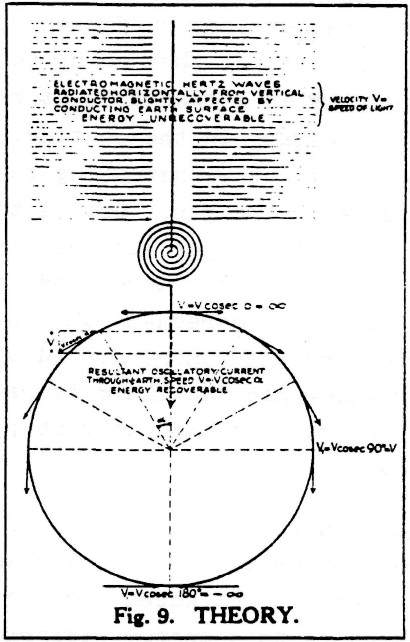Hi Farmhand. Excellent Transmitter Update video  I'll reply to the points you made shortly, just wanted to reply to the last post first...
I'll reply to the points you made shortly, just wanted to reply to the last post first...
You could try a voltage regulator to regulate the voltage. Or maybe use some zener diode type configuration and divert the excess voltage elsewhere when it gets too high, like to a battery or capacitor, or use a variable transformer so you can manually tune it assuming it doesn't randomly fluctuate. I dunno if they'd work here or if they'd be suitable, these are just things I can think/aware of.
Also before I forget, could you use the driver circuit you're using to drive basic transformers? Well, I know the answer is yes, I mean, could you use it for a high frequency AC source? Can it produce a sine wave?
As for the coax cable personally I'd say go with the cheap one. The expensive "quad shield" one has unnecessary extra shielding which I doubt would be any advantage here. That's just my opinion based on what I know so far though
Alternating current - Wikipedia, the free encyclopedia
 I'll reply to the points you made shortly, just wanted to reply to the last post first...
I'll reply to the points you made shortly, just wanted to reply to the last post first...You could try a voltage regulator to regulate the voltage. Or maybe use some zener diode type configuration and divert the excess voltage elsewhere when it gets too high, like to a battery or capacitor, or use a variable transformer so you can manually tune it assuming it doesn't randomly fluctuate. I dunno if they'd work here or if they'd be suitable, these are just things I can think/aware of.
Also before I forget, could you use the driver circuit you're using to drive basic transformers? Well, I know the answer is yes, I mean, could you use it for a high frequency AC source? Can it produce a sine wave?
As for the coax cable personally I'd say go with the cheap one. The expensive "quad shield" one has unnecessary extra shielding which I doubt would be any advantage here. That's just my opinion based on what I know so far though

Alternating current - Wikipedia, the free encyclopedia

 Maybe I wasn't paying enough attention to that part.
Maybe I wasn't paying enough attention to that part.


 or it can regulate it. I wan't one in my electric car when I build it. So I can ruin tyre's real quick.
or it can regulate it. I wan't one in my electric car when I build it. So I can ruin tyre's real quick. 









 One more step without seeing it and I was a goner. Phew. I wouldn't usually kill them, they are protected, but I just reacted. Poor thing.
One more step without seeing it and I was a goner. Phew. I wouldn't usually kill them, they are protected, but I just reacted. Poor thing.  At least my dog will live another day. This one looks about 2 meters long.
At least my dog will live another day. This one looks about 2 meters long.
Comment